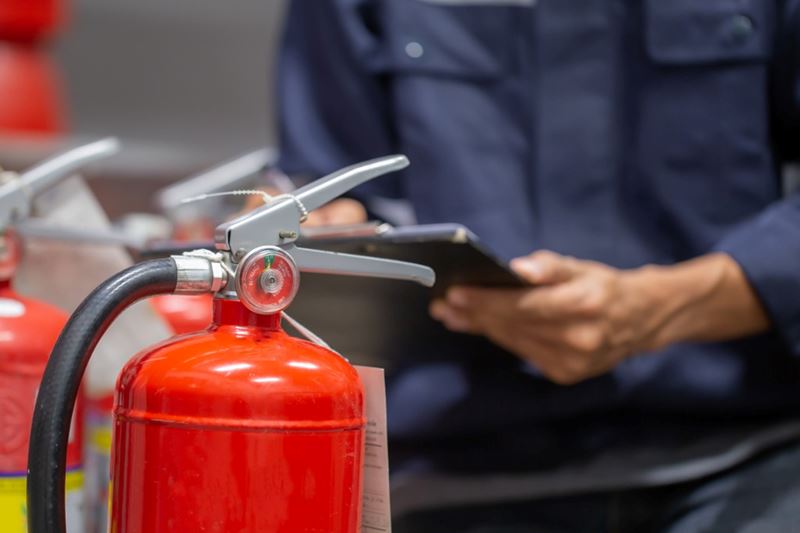How to create a product recall plan
How to create a product recall plan
If you’re still skeptical of romaine lettuce, then you know the impact a product recall can have on a business’ bottom line and reputation. And as businesses change and evolve, so does the product recall landscape.
For instance, today, manufacturers are working with longer supply chains, which means less control and more opportunities for issues to arise and mistakes to be made. In addition, advances in technology have enabled companies, governments and regulators to discover problems and take action more quickly. And with richer information at their disposal, there’s the opportunity to take greater precautions than were perhaps deemed necessary in the past.
With product recall risk mitigation practices in place, hopefully you’ll never have to issue a recall, but if you do, you don’t want to be caught flat footed. The best way to handle a product recall is to have a solid plan already in place.
Gerry Lawrie, Underwriting Manager, Commercial Solutions, Central Operations at Sovereign Insurance, outlines the key elements to include in a product recall plan:
Appoint a recall coordinator and committee members
To get started, appoint a recall coordinator and clearly define their role and responsibilities. A recall coordinator is typically tasked with forming a recall committee, making decisions about the recall on behalf of the company, documenting all decisions and actions, managing and coordinating the implementation of the recall, and ensuring that management is informed at all stages. The product recall committee should represent the various departments in your company, and each member must have clearly designated responsibilities.
Create a contact list (and keep it up to date!)
Quickly notifying all affected parties is critical for reducing the impact of a recall. Your product recall plan should include an accurate and up-to-date contact list for key internal and external stakeholders, including your recall coordinator and committee members, public relations team, regulatory agencies, retailers, distributors and suppliers. Other external partners might include your legal counsel and crisis management agency.
Document your recall procedures
The recall procedure describes all the activities you’ll take to manage the recall. This is typically carried out in four steps:
- Evaluate the complaint: Receiving, processing and evaluating a complaint comes first in the recall process. Start by providing the complaint to your recall coordinator for an initial evaluation. If that assessment indicates a recall may be necessary, the recall coordinator should assemble the recall committee for a full evaluation. The evaluation stage includes determining the safety concerns with the product, developing a product removal strategy, contacting the appropriate regulatory authorities, and notifying your legal counsel and insurance company.
- Identify implicated products: Your company must be able to identify all products and quantities of products implicated in the recall. Prepare a distribution list that identifies information such as the account name that received the recalled product, their contact information, and type of customer (e.g. manufacturer, distributor, retailer). Additional information may include the amount of product received, ship date and the amount of product consumed.
- Notify all affected parties: Regulatory agencies should be notified at the earliest opportunity once you’ve decided to conduct a recall. After the initial notification, the regulatory authority should be updated throughout the recall process. And of course, you must notify your suppliers and clients (by phone, email, etc.), and consumers by the most effective means available, whether that’s by email, your website, press release, advertisements, posters in stores, radio etc. Your communications should provide instructions for consumers on how to return the products and get a refund or replacement.
- Monitoring the efficiency and status of the recall: The procedure for product removal can be divided into five steps: removal, control, disposal, termination of the recall, and recall effectiveness. To determine the effectiveness of the recall, verify that all business partners have received the notification and have taken appropriate action. If the response is less than 100%, or any number of recalled products is not accounted for, you’ll need to reassess your recall strategy. It’s also important to determine how to prevent a recurrence and put this plan in motion.
Create preauthorized communication templates
Create templates for press releases, social media posts, or other communications, that are vetted by your company’s marketing and legal teams. By having prewritten communications, with gaps to be filled in, your team can get your message out quickly and efficiently.
Once your product recall plan is in place, an important mantra that comes into play is: “practice makes perfect.” It’s a good idea to perform a mock recall either annually or whenever there are big changes to the plan or personnel. Test your plan and make modifications needed to correct any problems that arise. When your plan passes the stress test, you can be confident that you’re ready.



